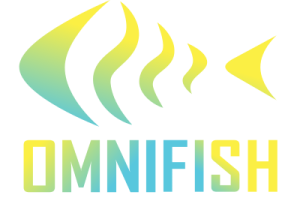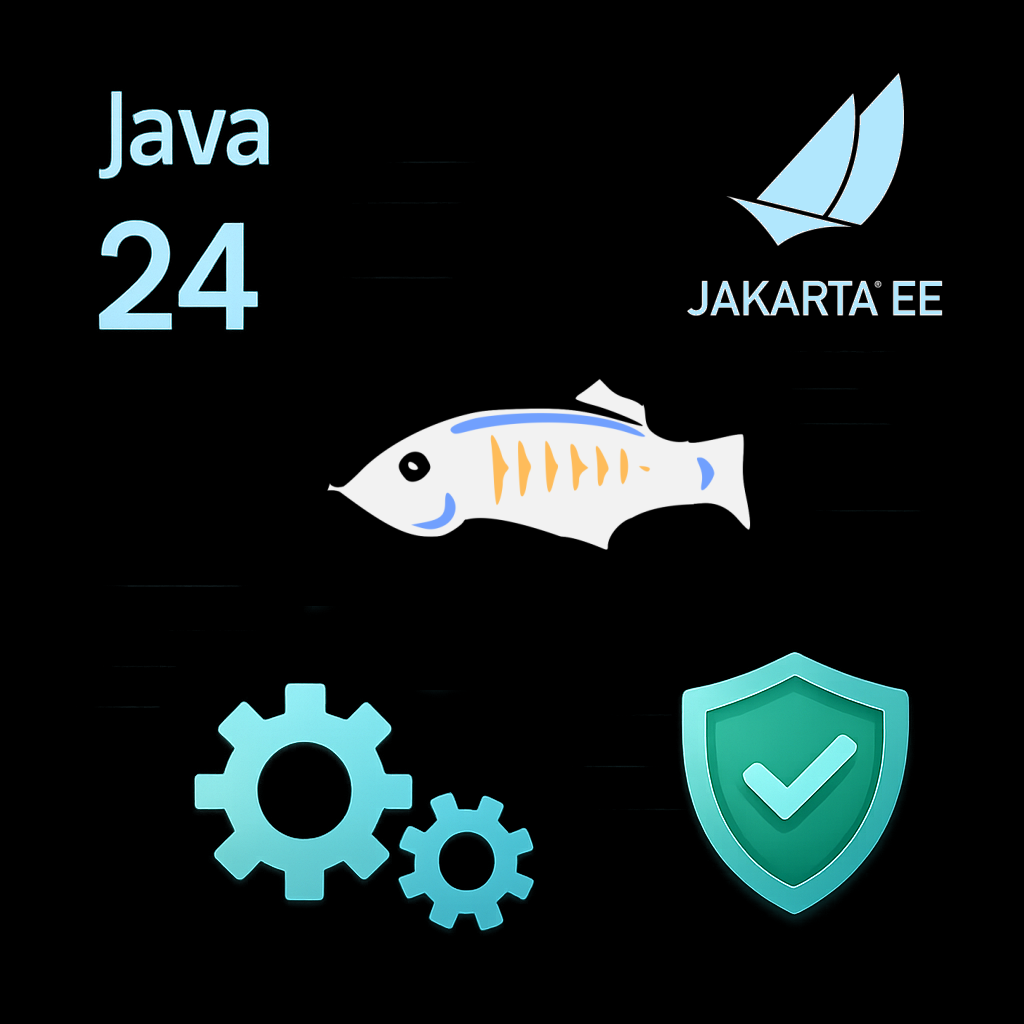
Recent Updates in Eclipse GlassFish Releases
Explore the latest GlassFish updates, featuring Jakarta EE 11 compliance, JDK 24 support, enhanced security, and improved performance for enterprise applications.

GlassFish startup times
Historically application servers like WebLogic, WebSphere, but also GlassFish were known to start up quite slowly. But is this still
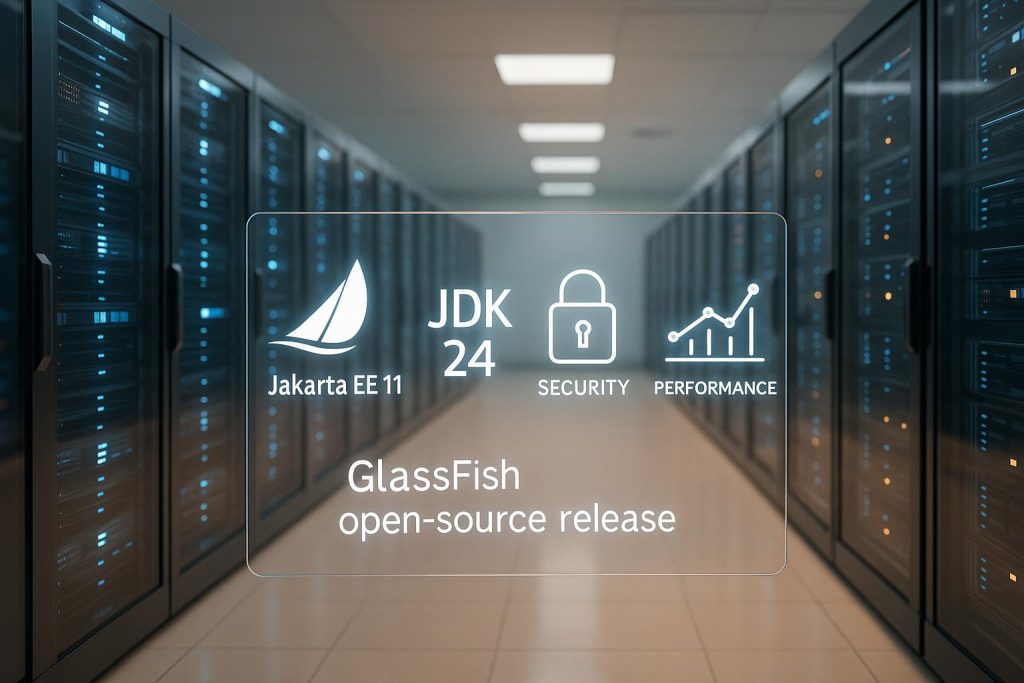
Recent Updates in Eclipse GlassFish Releases
Explore the latest GlassFish updates, featuring Jakarta EE 11 compliance, JDK 24 support, enhanced security, and improved performance for enterprise applications.
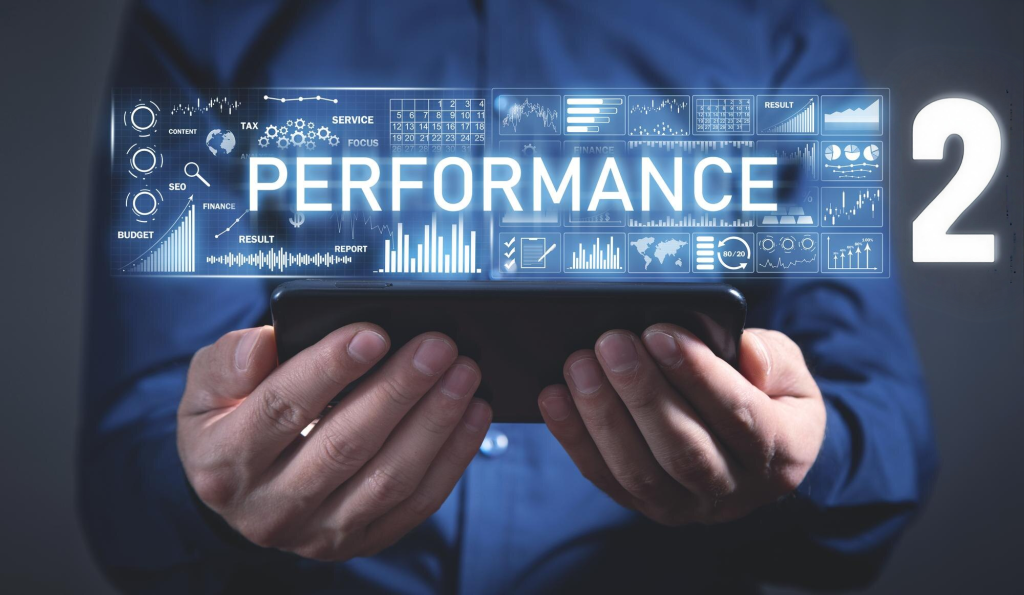
Performance Best Practice no. 2: Implement Caching
Caching is a powerful technique used to improve the performance and scalability of applications. By storing frequently accessed data closer to where it’s needed, caching can significantly reduce latency and system load. Let’s take a look at some common caching levels and best practices.
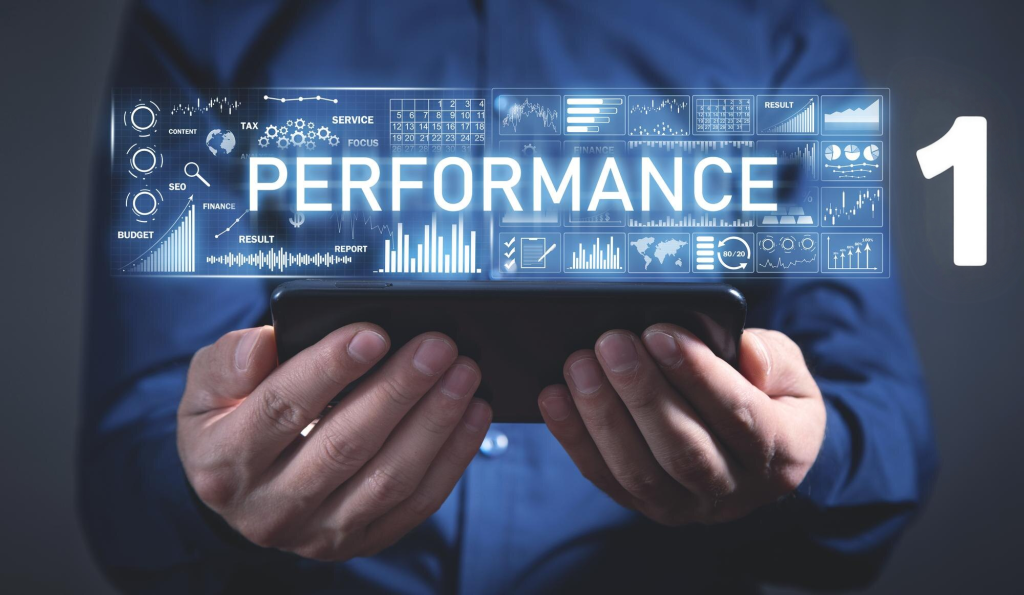
Performance Best Practice no. 1: Optimize database operations
Database operations are a very critical part of most applications in regards of performance. You can boost Jakarta EE database performance by leveraging the following best practices.

10 Best Practices for Jakarta EE Performance Optimization
This article starts a series about 10 best practices for performance optimizations and how to implement them using Jakarta EE & GlassFish.
